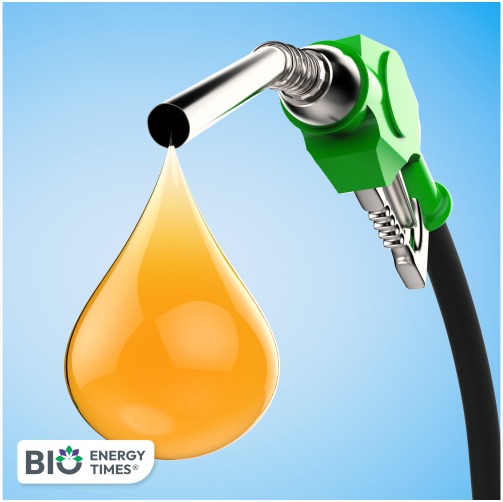India is poised to emerge as a dominant player in the global petrochemicals sector, a shift that could further strain supply imbalances already affecting Asia, according to a recent report from S&P Global Ratings. The research highlights that India’s push to expand its petrochemical production mirrors China’s earlier efforts, with both nations aiming to reduce reliance on imported chemicals used in everyday items like plastics, packaging, and automotive parts.
S&P Global Ratings credit analyst Ker Liang Chan noted, “India’s planned expansion of petrochemical capacity, following China’s lead, will intensify competition within Asia’s broader petrochemical industry in the coming years.”
The report, titled “First China, Now India: Self-Sufficiency Goals Will Add To Petrochemicals Supply,” forecasts that India will continue its major investment plans to reduce its dependency on imports of chemicals used in products ranging from plastic bags to car components. However, these efforts come at a time when the Asia-Pacific petrochemical sector is already grappling with overcapacity.
Another report, “India’s Energy Landscape In Charts,” illustrates the critical role of petrochemical companies in India’s energy security and their contribution to the country’s broader sustainability and transition goals.
Chan also warned that the growing self-sufficiency in China and India could pose a challenge for other petrochemical exporters in the Asia-Pacific. “The increased self-sufficiency in these two markets will challenge regional exporters unless they take steps to diversify their sales and optimize capital expenditure,” he stated.
The press release also noted that India’s public sector undertakings are expected to invest around USD 25 billion, which is largely tied to refinery expansions, while private sector investments of approximately USD 12 billion are likely to be more flexible.
This shift may create difficulties for regional exporters who currently supply over half of China and India’s chemical imports. Redirecting these volumes to alternative markets, such as the United States, could prove economically challenging due to tariff barriers, potentially leading to reduced earnings and consolidation in the sector.
Despite these challenges, India’s petrochemical market is expected to remain robust due to strong domestic demand. The country is on track to surpass the United States as the world’s second-largest consumer of polyethylene, a key plastic material.
S&P Global Ratings credit analyst Shawn Park added, “The self-sufficiency ambitions of both China and India will exacerbate the structural overcapacity in the industry, especially as global demand recovers sluggishly amidst ongoing trade tensions.”














